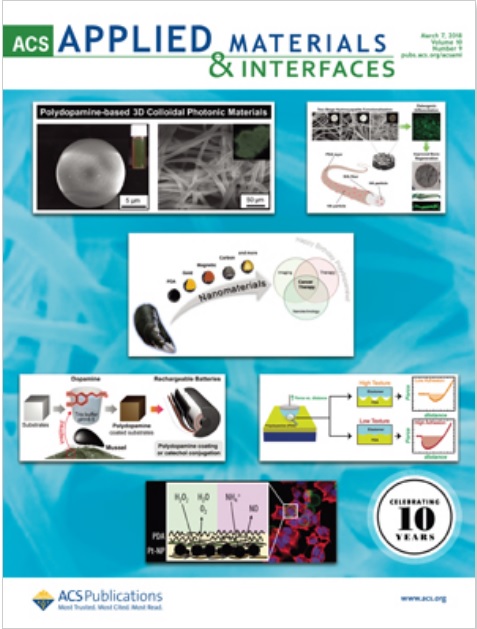Herein, we report the fabrication of hydrogen gas sensors with enhanced sensitivity and excellent selectivity. The sensor device is based on the strategic combination of ZnO nanowires (NWs) decorated with palladium nanoparticles (Pd NPs) and a molecular sieve metal–organic framework (MOF) nanomembrane (ZIF-8). The Pd NPs permit the sensors to reach maximal signal responses, whereas the ZIF-8 overcoat enables for an excellent selectivity. Three steps were employed for the fabrication: (i) coating of a miniaturized sensor with vapor-grown ZnO NWs, (ii) decoration of these NWs with Pd NPs by atomic layer deposition, and (iii) partial solvothermal conversion of the tuned NWs surface to ZIF-8 nanomembrane. The microstructure and composition investigations of the ZIF-8/Pd/ZnO nanostructured materials confirmed the presence of both metallic Pd NPs and uniform ZIF-8 thin membrane layer. The integration of these nanomaterials within a miniaturized sensor device enabled the assessment of their performance for H2 detection at concentrations as low as 10 ppm in the presence of various gases such as C6H6, C7H8, C2H5OH, and CH3COCH3. Remarkably high-response signals of 3.2, 4.7, and 6.7 (Ra/Rg) have been measured for H2 detection at only 10, 30, and 50 ppm, whereas no noticeable response toward other tested gases was detected, thus confirming the excellent H2 selectivity obtained with such a sensor design. The results obtained showed that the performance of gas sensors toward H2 gas can be greatly increased by both the addition of Pd NPs and the use of ZIF-8 coating, acting as a molecular sieve membrane. Furthermore, the presented strategy could be extended toward the sensing of other species by a judicious choice of both the metallic NPs and MOF materials with tuned properties for specific molecule detection, thus opening a new avenue for the preparation of highly selective sensing devices.



